It’s no secret that young children, when given the opportunity, often create percussive musical instruments out of common household objects…
A laundry basket, a toilet paper roll, an oatmeal container, a mixing bowl.
Often, the rhythmic banging in which our babies engage is indicative of in impending emergence of babbling and early gesture.
This week on our podcast episode, “Musical Patterns,” we talked about some of the ways that engaging in musical events play into cognitive skills like pattern recognition.
Rhythm is one of the elements that creates those patterns, and varying the sounds that keep the beat can make for a fuller experience.
Enter, the “Paper Roll & Tissue Paper Drum” – two commonly found household objects that, when put together or used as surfaces to keep tempo, create two distinctive sounds.
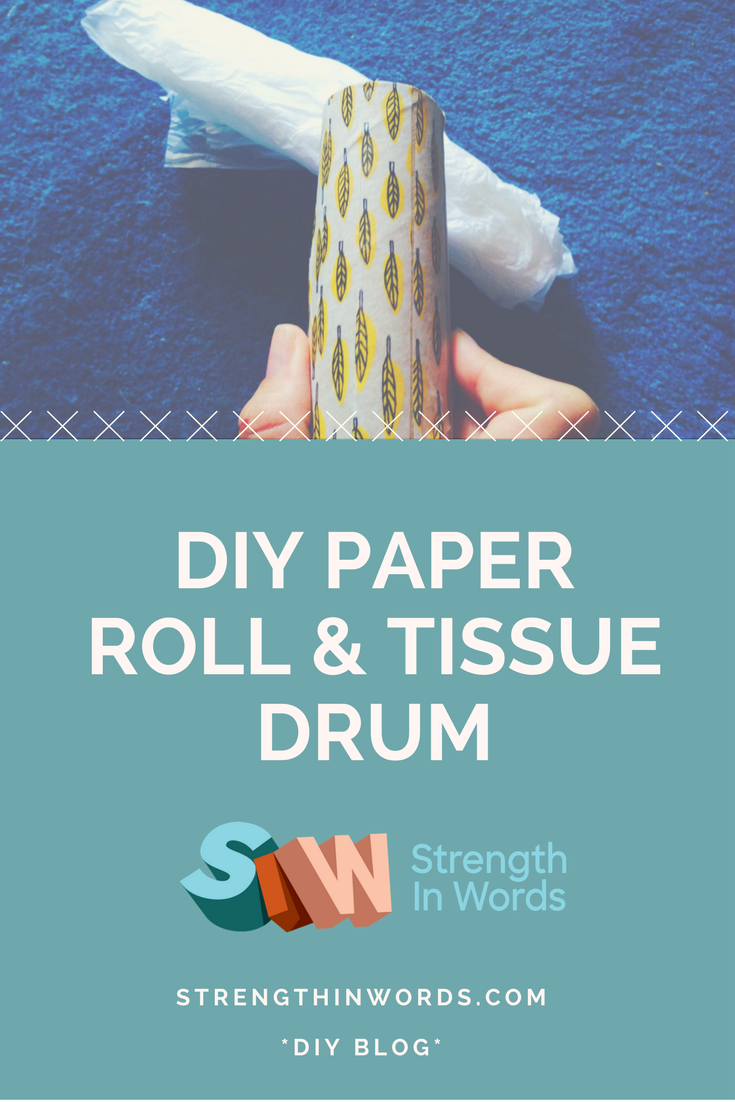
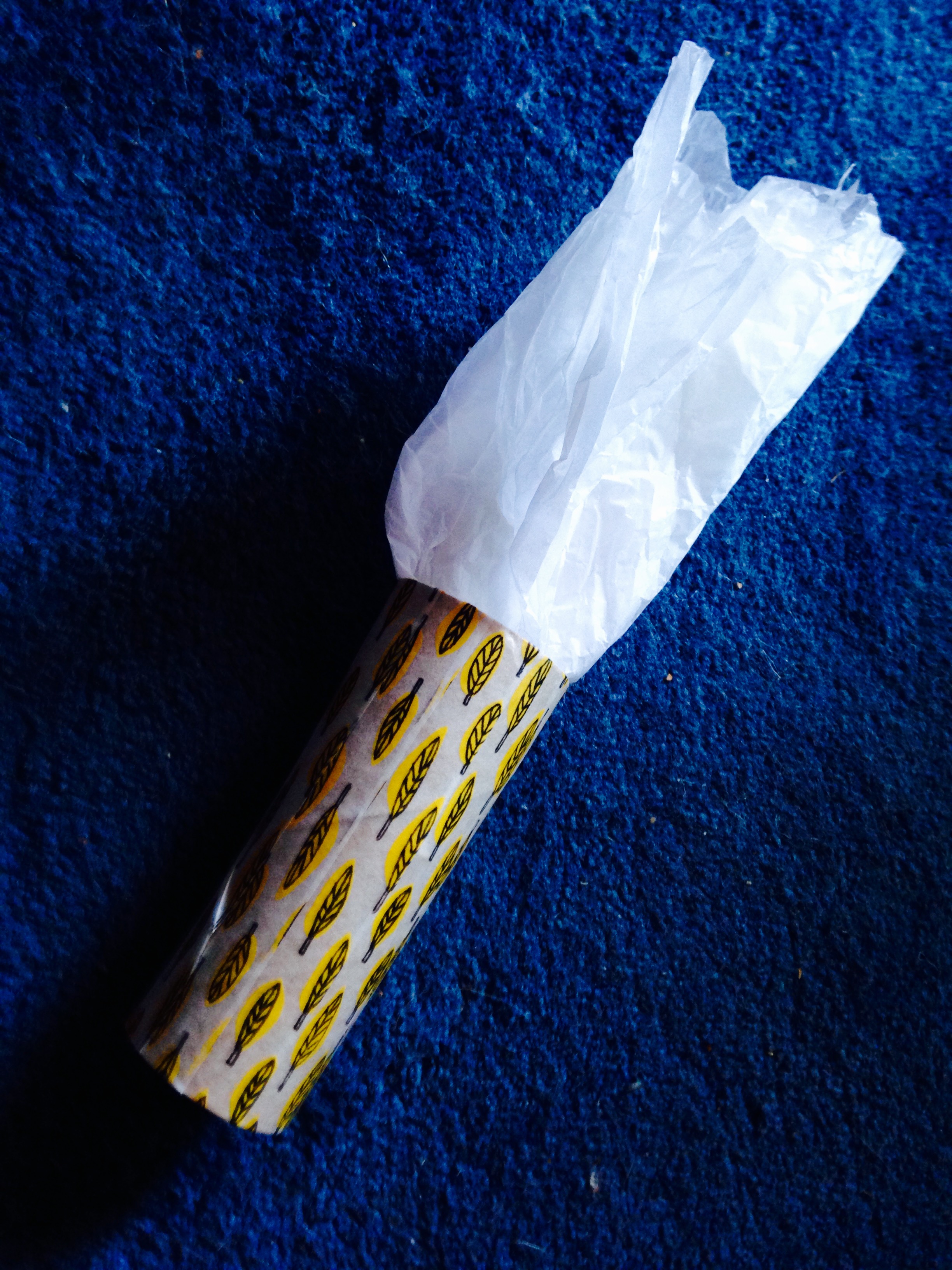
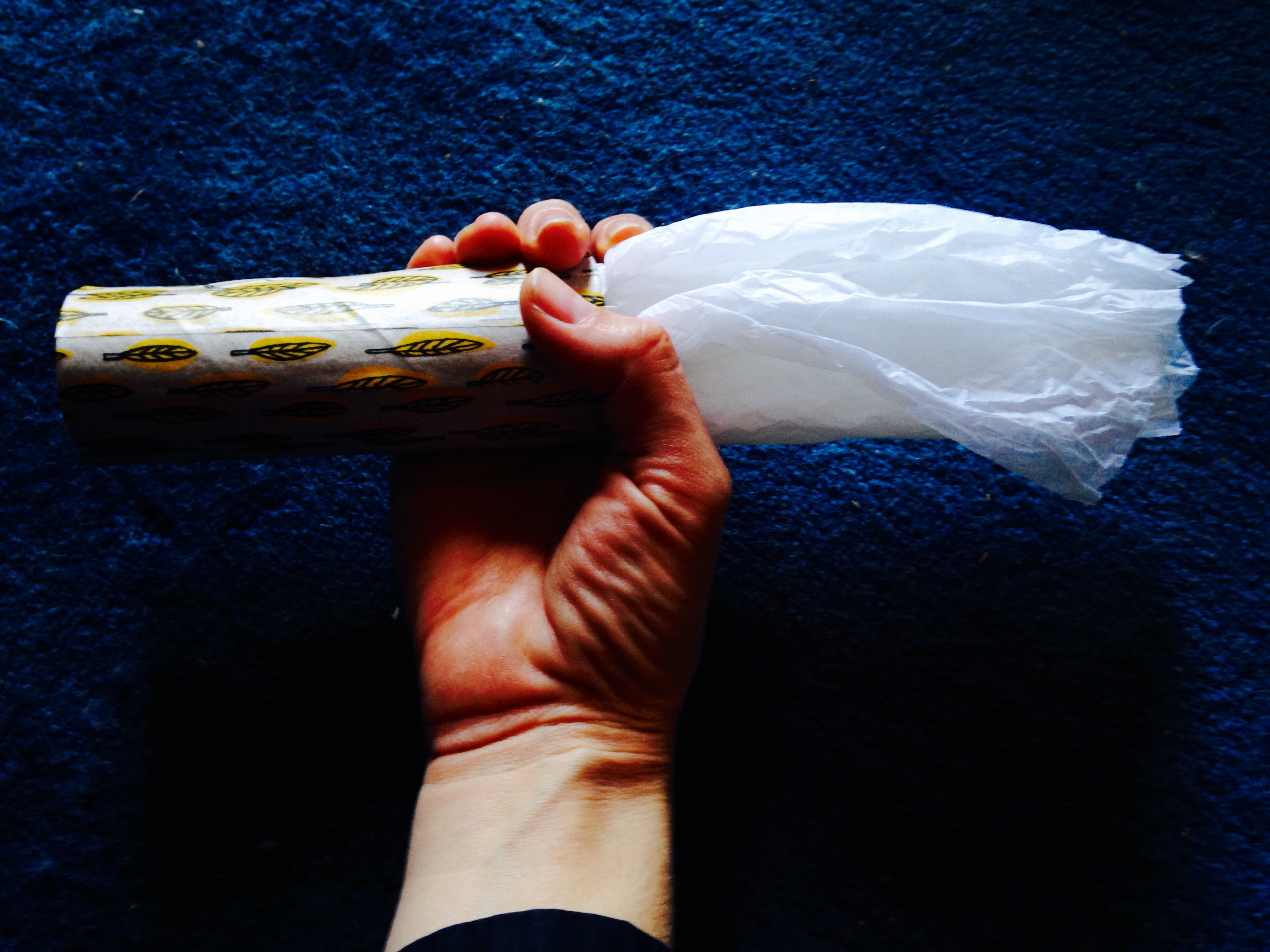
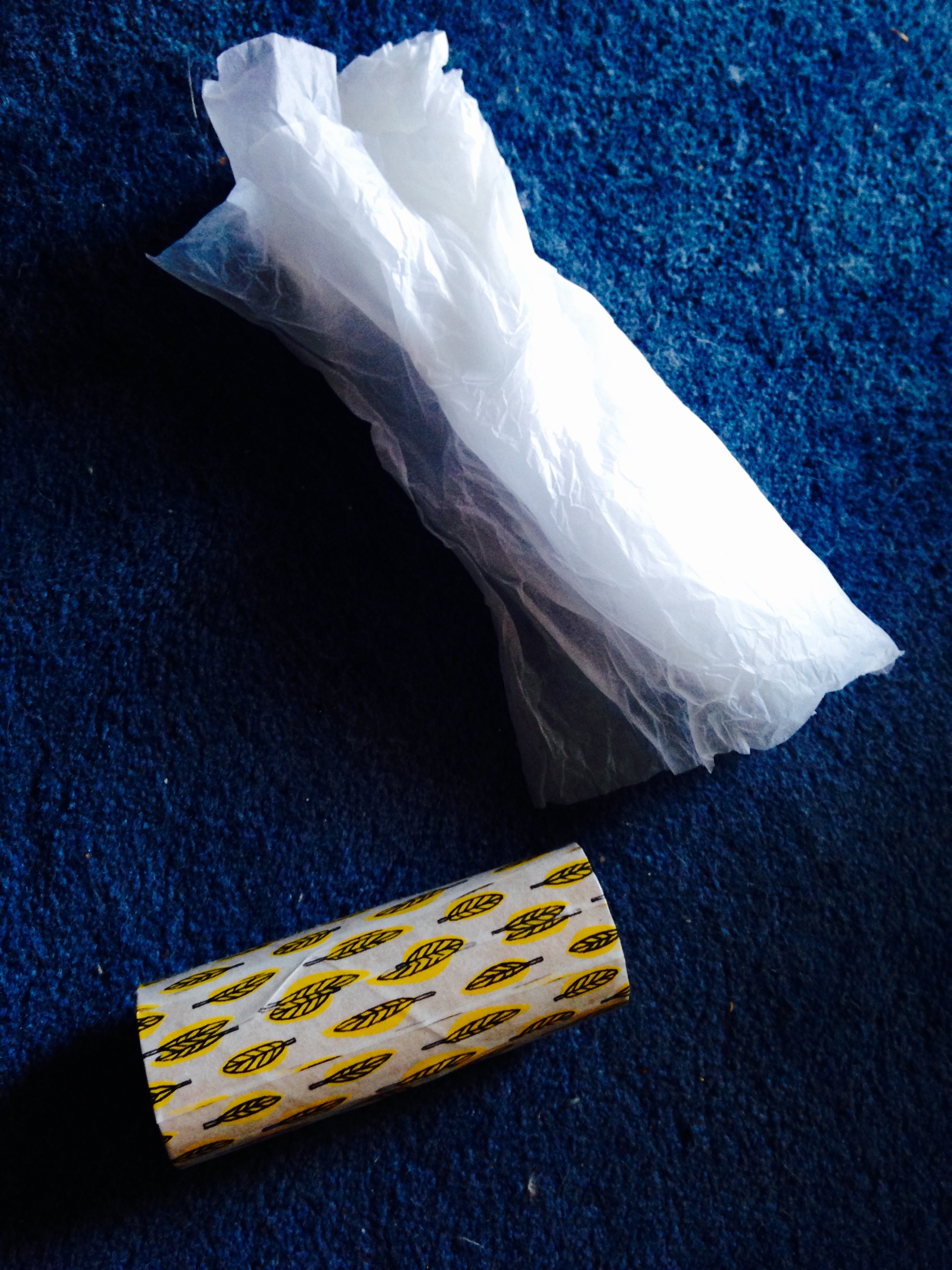
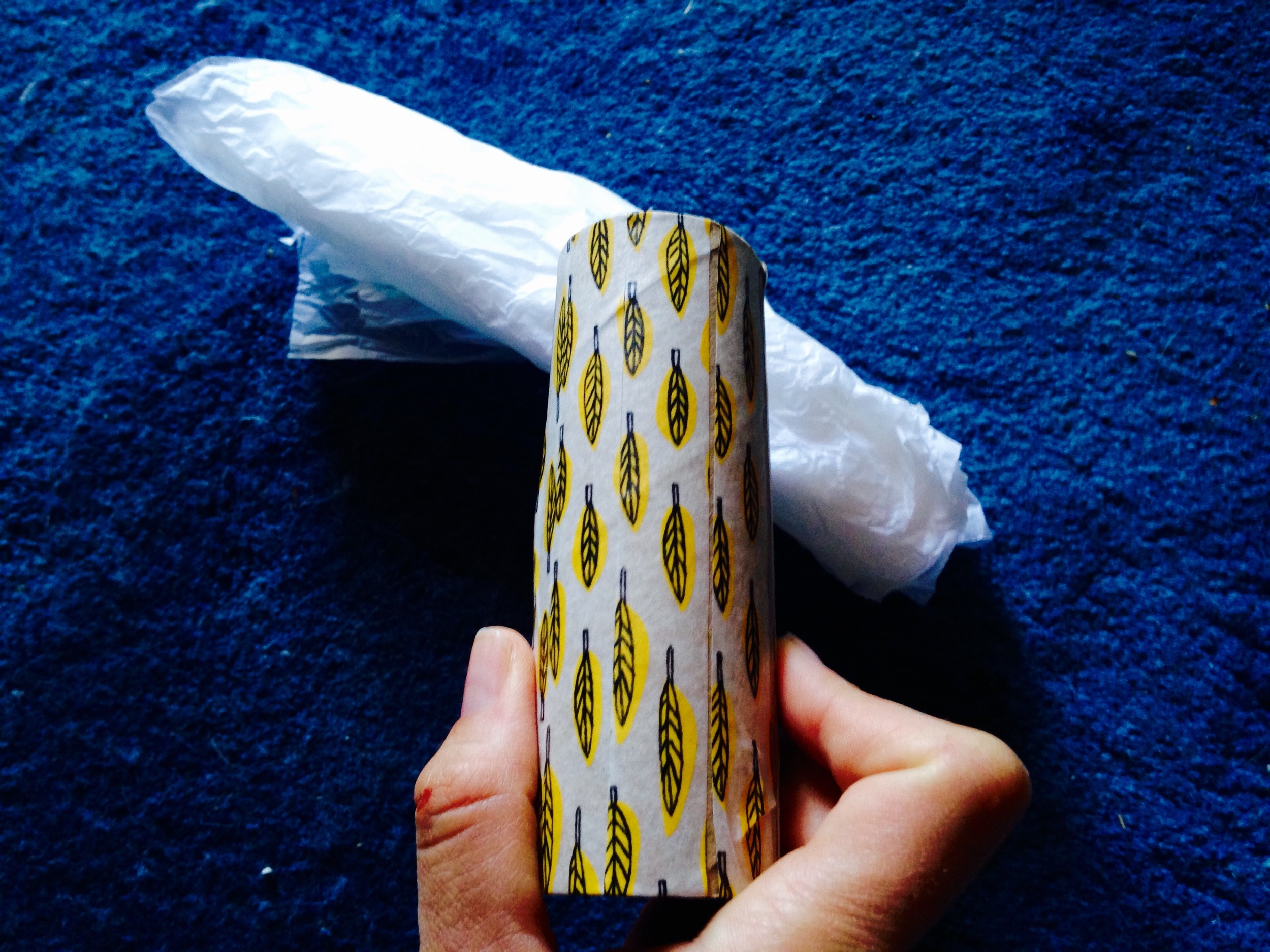
Don't Miss our Corresponding Podcast Episode!
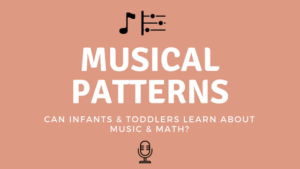
Materials to create your DIY paper roll and tissue drum:
- Toilet paper roll OR paper towel roll
- Small piece of tissue paper (any color
- Optional: washi tape, stickers, markers, double-sided tape other decorating materials
Instructions to create your DIY paper roll and tissue drum:
- Once toilet paper has all been used, save your empty roll and offer as an item to be decorated (or decorate yourself!)
- Stick tissue paper into one end of the roll, OR use toilet roll as a mallet for the tissue paper. This leaves you with several options for creating sound:
- Tap the roll against your hand
- Tap the tissue papered end of the roll against your hand
- Tap the roll against the tissue
- Play with the different sounds these two materials can make together or on different surfaces (your hand, a table, a rug, your leg, etc.), and/or use them to mark the rhythm of a song or nursery rhyme.
Ages
- Around the age of 6 months, or when a baby starts to babble (putting a consonant and vowel sound together), we often see rhythmic banging/tapping of the arms as well.
- When presented with open-ended toys like these, it can be fun to watch how a small child chooses to use it in different ways! Infants, toddlers, as well as big kids and adults can enjoy making rhythms and using tools to create sounds!
This post contains affiliate links. All activities described by Learn With Less assume close and continuous supervision of the child by an adult.

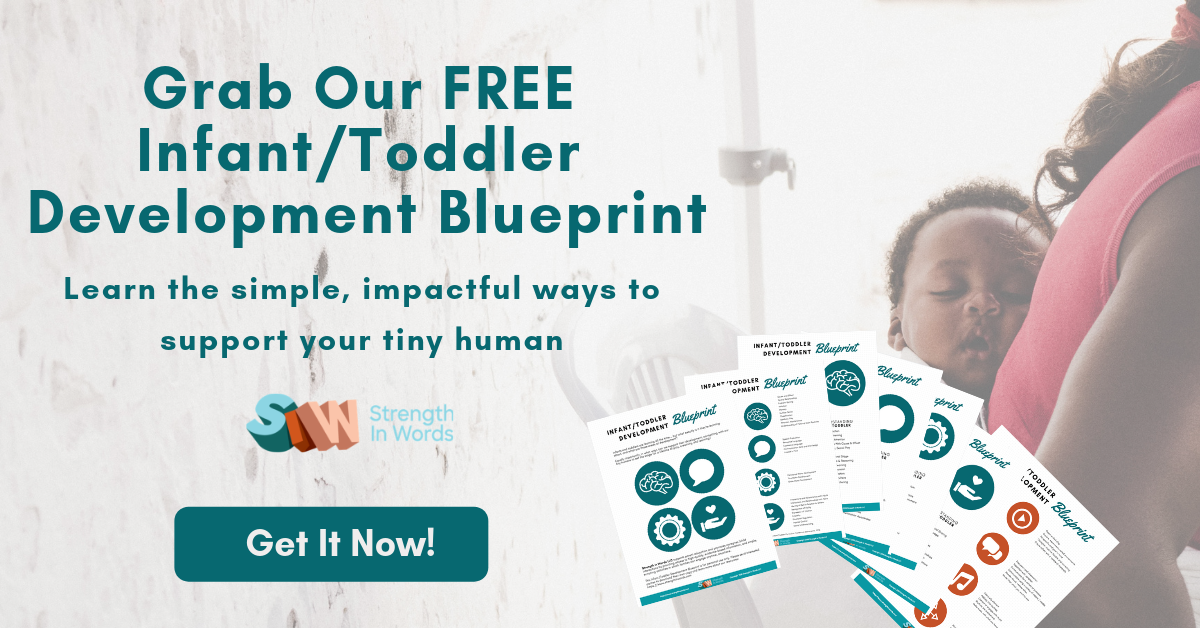
ToddlerApprovedTuesday loving the idea of these! great rainy day projects
Great idea! My little guy loves anything drum related- or anything that makes noise! Thanks for sharing!
My boy loves to bang toys and anything else he can get his hands on and my older kids would love to decorate these themselves great idea. Thanks for linking up to #ToddlerApprovedTuesday
We used to do lots of things like this. Rhyming is so important and good musical fun too.
Thanks for sharing with #LetKidsbeKids